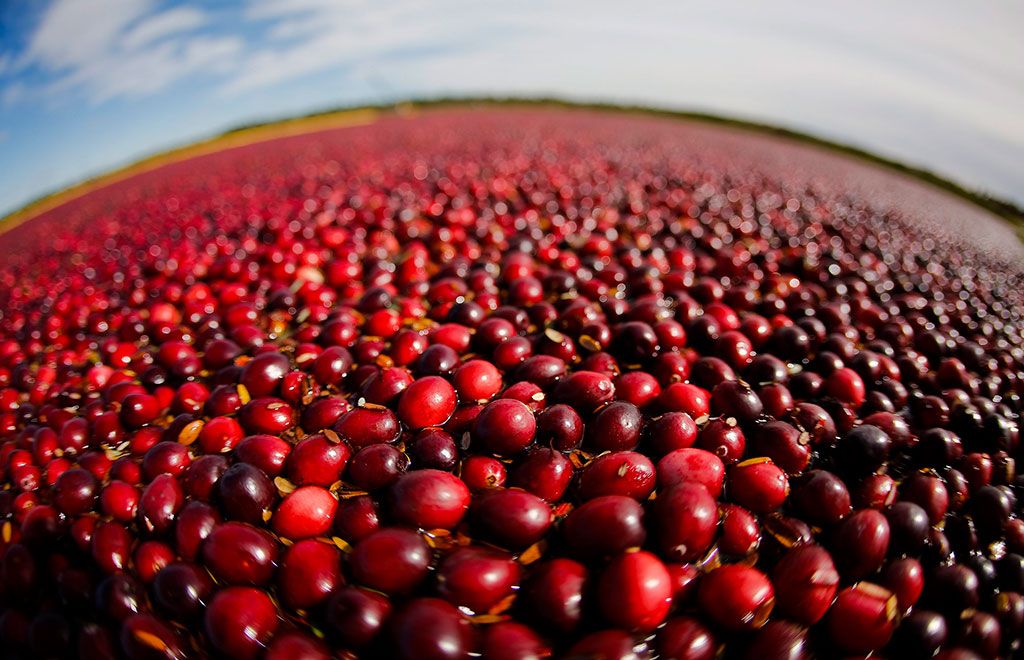Cranberry farming is big business in Atlantic Canada, Quebec, and B.C.. In fact, Canada is the second-largest producer of this tart red fruit in the world.
Water plays a big role in cranberry farming. At harvest time, cranberry growers flood their fields (cranberry bogs) so the berries will float for easy gathering. The growers may also flood their fields to protect the plants from frost in the winter. All this water presents a problem to cranberry producers and that problem is phosphorus.
Cranberry farms have been identified as a source of excess phosphorus when water drains from the flooded fields. Since cranberry growers depend on continued access to good quality water for their operations, they need to find ways to limit the movement of phosphorus off of their farms.
These concerns led a team of Massachusetts-based researchers to study ways to reduce the amount of phosphorus leaving cranberry farms.
The study was conducted by Casey Kennedy of the U.S. Department of Agriculture, Agricultural Research Service and colleagues at USDA-ARS and the University of Massachusetts.
The researchers added five chemical compounds, or salts, to surface water used for cranberry production. These salts were chosen because they were already known to be good at trapping phosphorus. In addition to applying the salts to water samples in the lab, the researchers also applied salts directly to ponds connected to cranberry bogs using a sand barge. This is a process that cranberry farmers could also use on their ponds.
“One of our goals was to help growers manage phosphorus loss on their own,” Kennedy said. “So the study was conducted using methods that could easily be used by growers.”
The researchers concluded aluminum sulfate seemed to be the best salt suited to the task. Aluminum sulfate was effective in reducing phosphorus by 78-93 per cent when applied at a concentration that is cost-effective for farmers to use.
When adding a new substance to an ecosystem, however, it is important to be aware of unintended, harmful effects. Kennedy noted.
“The cranberry is a wetland plant that is naturally adapted to relatively high concentrations of aluminum in soils. So it may be possible to apply aluminum sulfate directly to bogs without negatively affecting cranberry production. Until then, we have demonstrated that this technique can be used to trap phosphorus in holding ponds, resulting in cleaner water for release downstream.”
This research was published in the Journal of Environmental Quality.









